In this blog post, we will dive into the intricacies of macro photography, its advantages, and how you can explore the world up close.
What is Macro Photography?
Macro photography refers to a genre of photography where subjects are captured at extremely close distances. In this style of photography, your subjects appear larger than life, revealing extraordinary details that are not usually visible to the naked eye. Whether it’s capturing the delicate details of a flower petal, the intricate patterns of an insect, or the texture of everyday objects, macro photography provides a unique perspective.
The Advantages of Macro Photography
Macro photography offers several advantages that make it a compelling genre to explore. Here are a few key takeaways:
- Reveal the Unseen: Macro photography allows you to explore the hidden details of the world around you. It unveils the intricate patterns and textures that often go unnoticed, creating visually captivating images.
- Creative Outlet: Macro photography offers endless creative possibilities. You can experiment with different lighting, angles, and compositions to capture stunning and unique images.
- Close Observation: Macro photography encourages you to observe the world more closely. You start noticing details that were previously overlooked, developing a greater appreciation for the beauty of even the smallest subjects.
- Storytelling Potential: By focusing on the minute elements of a subject, macro photography can tell compelling stories. It provides a glimpse into a world that often goes unnoticed, evoking curiosity and wonder in viewers.
Getting Started with Macro Photography
Now that you understand the allure of macro photography, let’s explore some essential tips to get you started:
- Invest in the Right Equipment: To capture the intricate details with precision, you’ll need specific gear. Invest in a macro lens or extension tubes to achieve a higher magnification ratio.
- Master Your Focus: Macro photography requires precise focus, as depth of field becomes extremely shallow. Experiment with different focusing techniques to ensure the key details are sharp and in focus.
- Find the Perfect Lighting: Light plays a crucial role in macro photography. Natural light can work wonders, but you may also need to explore artificial lighting options like ring flashes or diffused light sources.
- Experiment with Compositions: Macro photography allows you to explore unique compositions. Be creative with your angles, perspectives, and framing to create visually stunning images.
- Patience and Practice: Macro photography requires patience and perseverance. It may take time to master the art of capturing small subjects effectively. Practice regularly and experiment with different techniques to improve your skills.
Key Takeaways
Exploring macro photography can transport you to a captivating world of intricate details and hidden beauty. Here are the key takeaways:
- In macro photography, subjects are captured at extremely close distances, revealing extraordinary details.
- Macro photography offers the advantages of revealing the unseen, providing a creative outlet, encouraging close observation, and having storytelling potential.
- Invest in the right equipment, master your focus, find the perfect lighting, experiment with compositions, and practice regularly to excel in macro photography.
Mastering macro photography can be a fulfilling journey, unlocking a world that often goes unnoticed. So, grab your camera, explore the world up close, and capture the mesmerizing details that await!

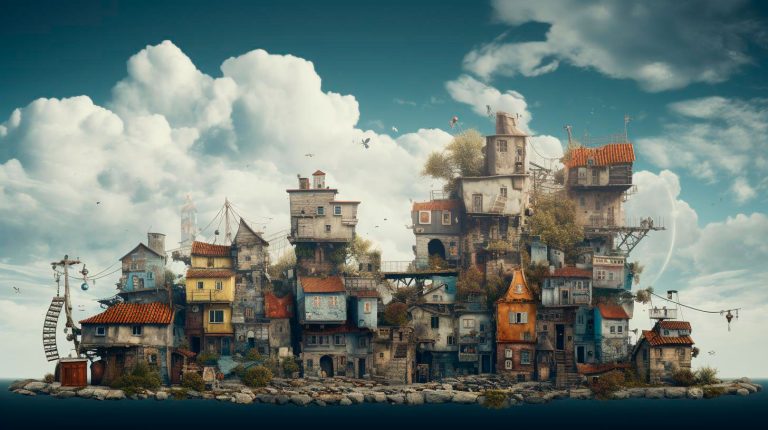


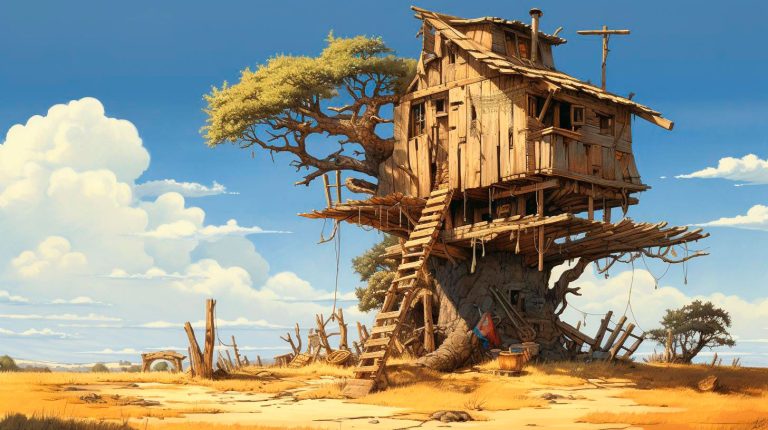



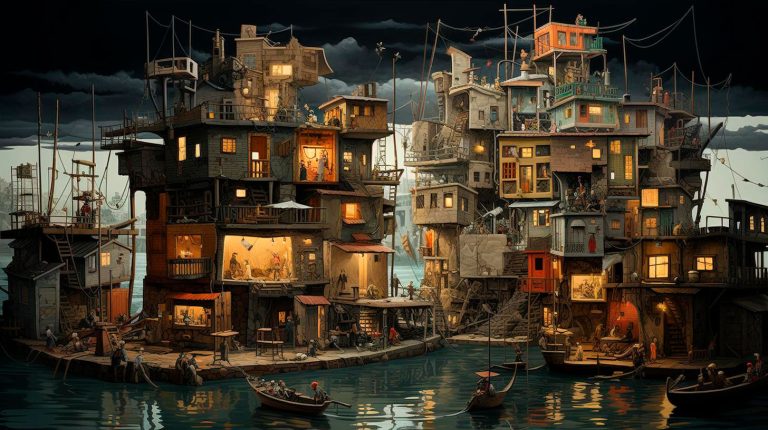
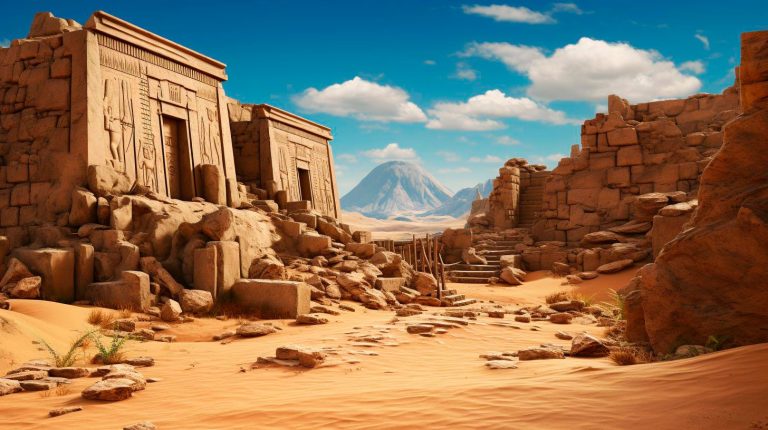
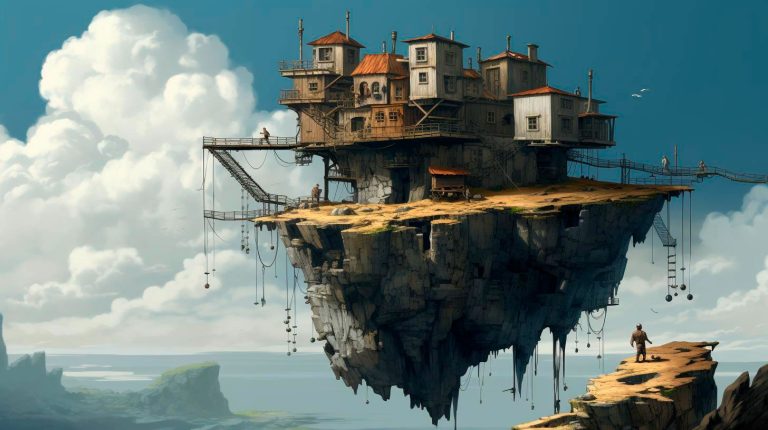








+ There are no comments
Add yours